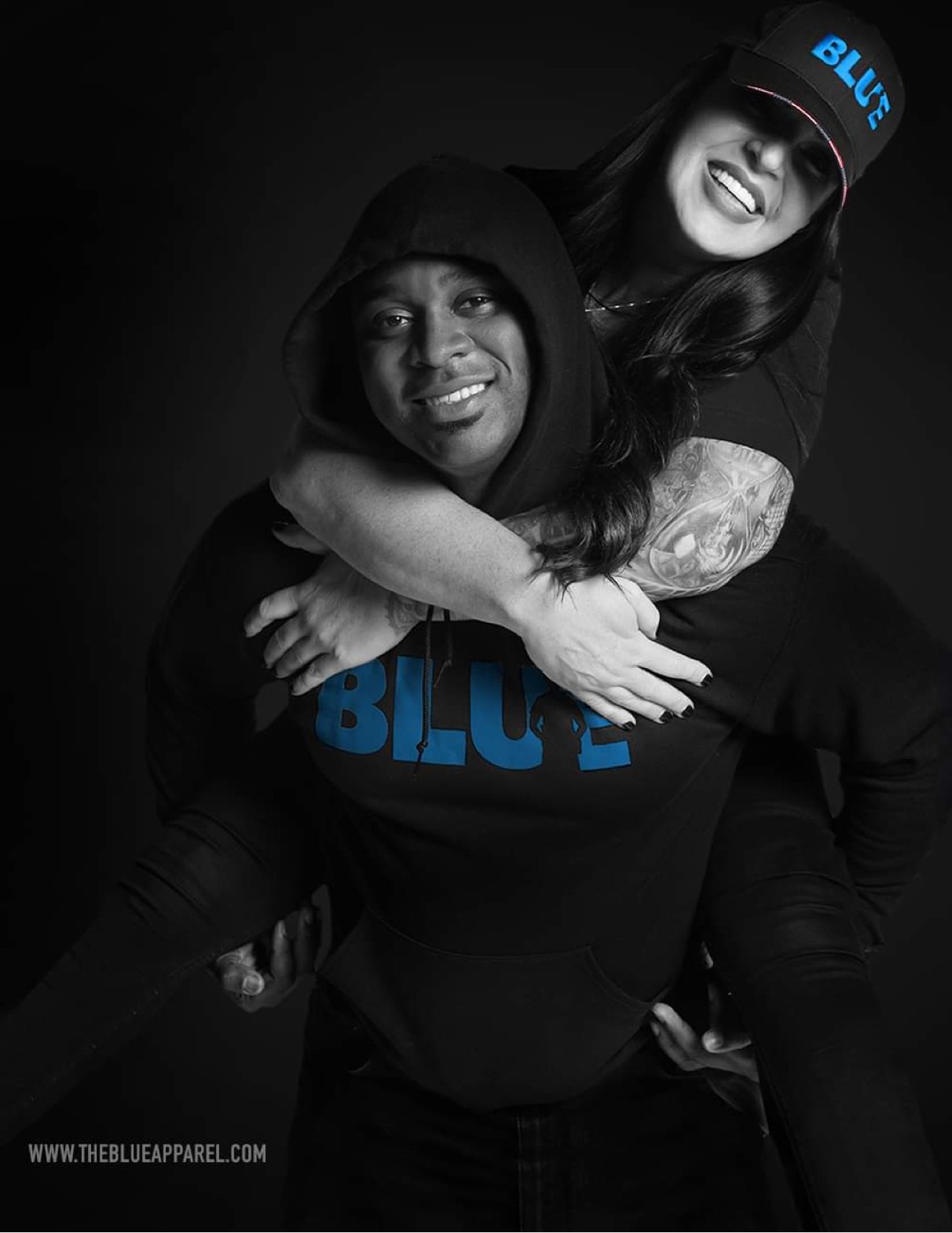Staying Safe in the Storm: A Tactical Guide for Officers Facing Violent Protests
/Staying Safe in the Storm: A Tactical Guide for Officers Facing Violent Protests
By Lt. Joseph Pangaro CPM, MOI
Across America, the growing intensity and unpredictability of public demonstrations have placed law enforcement in an increasingly dangerous spotlight. While the First Amendment protects peaceful assembly, many recent protests have crossed the line into violent riots — resulting in officers being assaulted with rocks, bricks, bottles, fireworks, and improvised weapons.
In cities like Los Angeles, Portland, and Seattle, officers have faced not only hostile crowds but also coordinated attacks from agitator groups using military-style tactics. The danger is real — and growing. For law enforcement supervisors and officers, preparation is no longer optional. It is a matter of survival and mission success.
In an attempt to offer some considerations for supervisors and officers, I have created this article. I have also created a 10-point checklist of the topics discussed herein for easy reference and briefing training.
Based on recent incidents and professional best practices, here is a tactical approach designed to help agencies increase operational safety and effectiveness during civil unrest:
1. Thorough Threat Assessment & Pre-Event Planning
Supervisors must begin with actionable intelligence. Before deployment, collect data from social media, open-source intelligence platforms, local informants and news reports. Identify the presence of known agitator groups, prior protest locations and hot zones like federal buildings or courthouses. This proactive approach allows command staff to anticipate flashpoints, allocate resources efficiently and avoid reactive tactics.
2. Personal Protective Equipment (PPE) & Gear Checks
Every officer deployed to a protest — especially one with the potential for violence — must be equipped with the proper PPE. Helmets with face shields, reinforced gloves, gas masks, body armor and riot shields should be standard. Supervisors should inspect gear before deployment and ensure spares are available. When rocks and fireworks start flying, your PPE is your lifeline.
3. Dynamic Unit Organization & Role Assignment
Chaos can be controlled with structure. Assigning officers to specific teams — crowd control, arrest units, medics and QRF (Quick Reaction Forces) — gives clarity and prevents confusion in high-stress scenarios. Each officer should know their assignment and supervisor, and there should be a chain of communication to adapt on the fly.
4. Layered Defensive Positioning & Use of Barriers
Using natural and man-made barriers gives officers time and space to respond. Line formations should include layered defense zones and fallback positions. Well-placed patrol cars, fencing or portable barricades can shield against thrown objects and help redirect aggressive groups away from vulnerable areas.
5. Escalated Warning Procedures & Communication Protocols
Officers must deliver clear, legally sound dispersal orders before using force. These warnings should be amplified and repeated. Visual cues, such as raised colored flags or visible less-lethal weapon deployment, provide transparency and may encourage compliance. Supervisors should closely monitor the escalation of force to prevent overreaction or under-response.
6. Situational Awareness & Targeted Surveillance
Deploy trained observers or drones to scan the crowd and identify agitators early. Look for behaviors like masked individuals dropping backpacks, stacking bricks or forming tight formations. Spotters can alert line units to emerging threats, improving response time and officer safety.
7. Tactical De-Escalation & Force Discipline
The goal is to restore order without unnecessarily escalating tensions. Officers should be trained in tactical communication and recognize when to use presence, time and distance to defuse aggression. Flash-bangs or pepper balls fired into open spaces — not at individuals — can disperse threats while minimizing injuries. Discipline in the use of force maintains public trust and protects officers legally and professionally.
8. Injury Prevention & Immediate Medical Response
Designated medics or officers trained in basic trauma care should be embedded within teams. Rapid extraction protocols for injured officers must be rehearsed. Providing on-site care can save lives and prevent a minor injury from becoming catastrophic.
9. After-Action Review & Intelligence Sharing
Once the protest is over, the work isn’t done. Conduct detailed debriefs. What worked? What didn’t? Were agitators identified? Share findings with neighboring jurisdictions and internal units. This intelligence loop is vital for improving responses in future events.
10. Mental Health Support & Ethical Oversight
Exposure to violence, chaos and abuse takes a toll. Supervisors should encourage officers to seek peer support or professional mental health services. At the same time, internal affairs and command staff must review conduct to ensure integrity. Ethical behavior under pressure strengthens public trust and department morale.
Conclusion: Preparation is Protection
Protests can go from peaceful to perilous in moments. For today’s law enforcement professionals, safety is found in preparation, structure and training. The checklist above is not just a tactical guide — it’s a call to leadership.
Supervisors must lead by example: ensuring readiness, supporting discipline and emphasizing de-escalation. Officers must stay alert, stay united and stay committed to lawful conduct, even in the face of provocation.
As the landscape of civil unrest evolves, so must our approach. Our safety — and the public’s trust — depends on it.
Joseph Pangaro is a 27-year veteran of law enforcement. He retired in 2013 at the rank of Lieutenant and currently serves as the Director of School Safety and Security for a large school district in NJ. He is also the owner of Pangaro Training and Management, a company that provides training to the public and private sector on a host of topics. Email: Joe@PangaroTraining.com, www.PangaroTraining.com. “The Blue Heart Webcast” www.YouTube.Com/@BlueHeartWebcast









